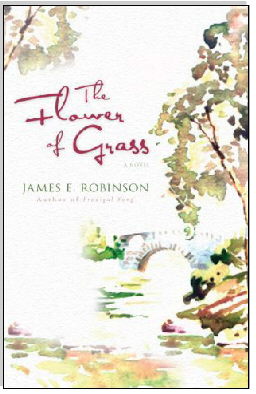|
Greetings,
dear readers.
Today we offer you a continuation in our six-part series called “The
Six As of Addiction.” Today’s letter is from a reader who wonders if
she might be suffering from AOCAD . . .
Dear Dr. Jim,
Breathlessly, I write. Writing is my life, but lately I’ve been
honestly afraid my work has been awfully . . . well, kind of “purply.”
Hopefully, you can help. I was wondering—although, honestly, suddenly
I’m pessimistically shaking my head, wildly anticipating another
cruelly delivered rebuke by yet another pathetically over-hyped
“shrink”—if you had ever heard of AOCAD. I recently read a poorly
written magazine article about this “suddenly, strangely common malady”
that has rushed wildly through the ranks of writers. Seriously . . . do
you know anything about it? I’m afraid I might have it and have sat
around day in and day out, horrifically anticipating a ghastly future
for my writing. Really . . . can you help?
Sincerely,
“LY”
Dear “LY,”
Oh, yes, LY, I know about AOCAD, most indubitably.
The malady from which you are doubtlessly suffering is called Acute
Obsessive Compulsive Adverb Disorder. But you shouldn’t necessarily
feel hopelessly alone in this; many writers have certainly struggled
with this disorder and have found help in support groups such as AAA
(Adverb Addicts Anonymous) and TKWSLY (The Knights
Who Say “LY”). Clearly, many writers attempting to write in any number
of styles (tragically, comically, romantically) can easily fall prey to
this malady . . . and frequently aren’t even aware of how cunningly it
can happen.
Recovery
is really (mostly, anyway) a matter of cognitive behavioral “rewiring”
of the aberrant thinking, which involves repeatedly, redundantly
reading aloud our writing in these safe group systems, listening
closely and unashamedly to feedback from the group, then meticulously
rewording our work, moving from ridiculously overwrought and
overwritten sentences into more carefully and painstakingly crafted
works, such as those of Hemingway, who truly knew the value of
frequently using economy (i.e. restraint) in his daily work.
|
In
the two examples below, you
can easily see the improvement of one of my clients, who, though he at
first warily entered therapy, after only a few weeks (and several
thousand dollars) was able to move confidently from addiction to
recovery:
EXAMPLE
#1:
“Stunningly, the sun shone down dazzlingly through the slowly
shimmering leaves, throwing dappled light lazily upon the banks of the
brilliantly silver-watered creek, brazenly bordered on both sides with
thickly laid carpet of moss, until at last the softly echoing sound of
John’s hastily shod feet rambled hopefully up and past his suddenly
frost-covered ears.”
EXAMPLE #2:
“John walked to the creek.”
Clearly, AOCAD
can be cured . . . not easily, perhaps, nor quickly (or inexpensively),
but certainly efficiently! So hang in there, “LY.”
I’m Dr. Jim . . . and I’m
(attentively) listening . . .
When not writing this column,
Jim can be found compulsively overworking at
www.ProdigalSong.com and www.jameserobinson.com.
 |









